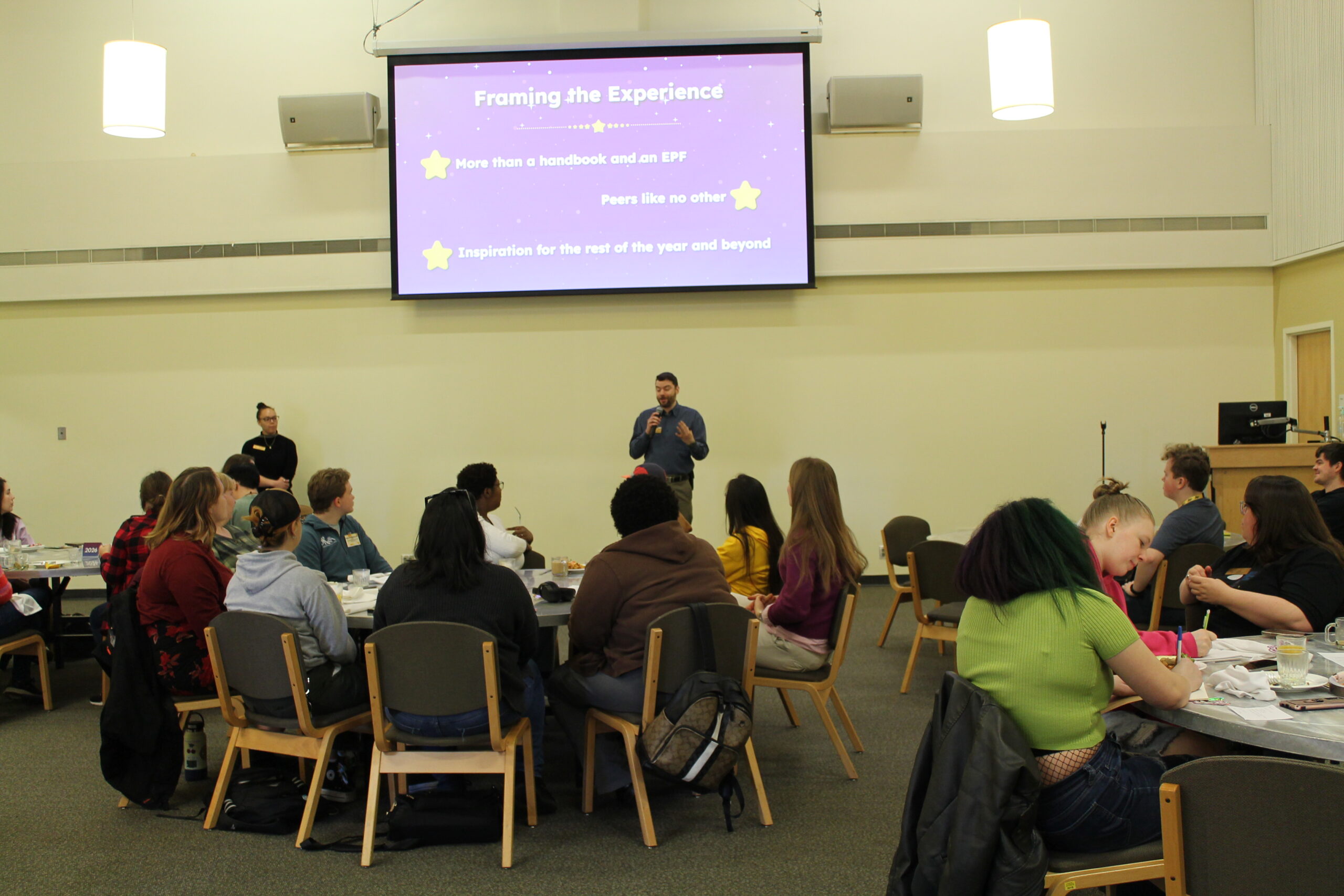By Shannon McClain, Guest Columnist
One part of college is, in most cases, you won’t have your parents around to cook for you. While the Anderson University Center Dining Hall is a substitute for a while, eventually we all must begin cooking for ourselves. Cooking means that we will often be navigating the grocery store.
The grocery store has many choices of products you can buy. Eventually, we wonder about the differences between the various brands of similar products.
Now, you can choose you products based on price or healthfulness. However, you can also make the decision based on the sustainability of the products.
Next time you are at the grocery store, look at the brands. There are always the big name brands, but there are also smaller brands that may be more local and specific to your own community.
The average distance our food travels is 1500 miles. Generally, it travels by air or by road. Both these methods of transportation use fossil fuels, causing more carbon dioxide and other harmful chemicals to be released into the air.
Local food is grown and harvested near to the area it serves, thus reducing the distance that the food travels to be available for its customers. This can significantly reduce the air pollution that is caused by the transportation of products.
In addition, these local brands generally use more sustainable processes to grow and cultivate their food. The big brands usually use more industrial processes in order to produce the most amount of their product for the least amount of money.
However, we must also be smart shoppers. While most people believe that local food is always equated with fresh, sustainable and healthy, sometimes this isn’t the case. Food that is produced locally means just that. It was produced in the region in which you live.
It doesn’t guarantee that the food was produced in an environmentally conscious manner. There are some big companies that capitalize on the connotations of the term “local,” so uninformed customers may buy their products under the assumption they are produced sustainably.
Additionally, as the term “local” doesn’t have a set distance, the distance could be any amount of miles from the city or it could be anything in the state.
While there are big companies that use the loose definition to try to exploit customers, there are also a lot of small local businesses that do produce their products in a sustainable manner.
So, in order to navigate the range of brands and products, we must be well informed consumers. It is easy enough to research the local brands, or even international brands, to see what their practices are in the growing and harvesting of their product.
To find food that is locally grown, try shopping at farmer’s markets. There are many that go on almost year round, and they will have food grown by farmers in the area. Locally owned grocery stores are also a good option as they generally support farms in the area by buying their products.
We can reduce harm to the environment by buying locally, supporting local farmers and supporting the community by using our buying power to make informed, conscious choices on what we put into our shopping bags.















